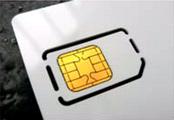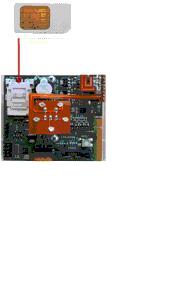Engineering:Secure access module
A Secure Access Module (or Secure Application Module) is based on SmartCard Integrated circuits and is used to enhance the security and cryptography performance in devices, commonly in devices needing to perform secure transactions, such as payment terminals. It can be used for cryptographic computation and secure authentication against smart cards or contactless EMV cards.
Physically a SAM card can either be a SIM card and plugged into a SAM slot in a reader, or a fixed integrated circuit in a housing directly soldered on a Printed circuit board (e.g. HVQFN housing).
Generally a reader system consists of a microcontroller and a reader IC to communicate over the RF interface with a contactless smartcard. The microcontroller takes the part of controlling the reader IC functions such as protocol handling, command flow and data interpretation. By integrating a SAM into the reader system, the SAM handles all the key management and cryptography in a secure way. The entire system enables authentication and encryption of the contactless communication between the SAM and host system.
SAMs can be deployed in any of the following applications:
- Generate application keys based on master keys
- Store and secure master keys
- Perform cryptographic functions with smart cards
- Use as a secure encryption device
- Perform mutual authentication
- Generate session keys
- Perform secure messaging
A SAM can be used in segments of Access Management, Public Transport, Payment systems, POS, etc.
This article does not cite any external source. HandWiki requires at least one external source. See citing external sources. (2021) (Learn how and when to remove this template message) |
 |



